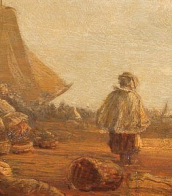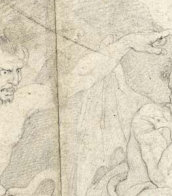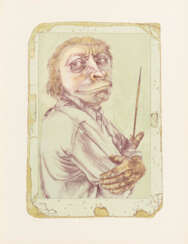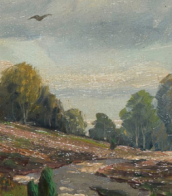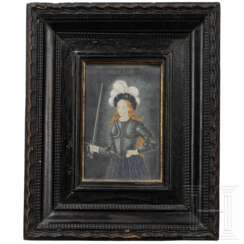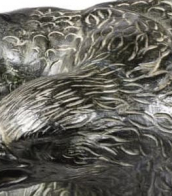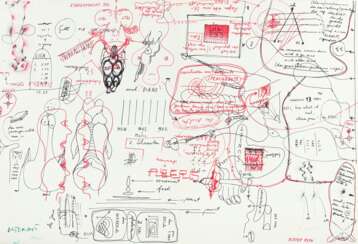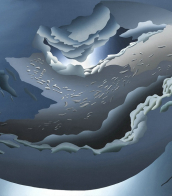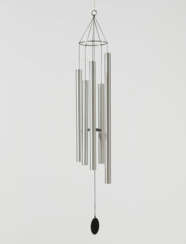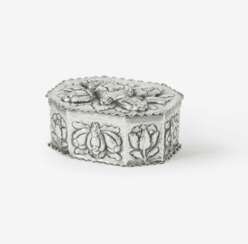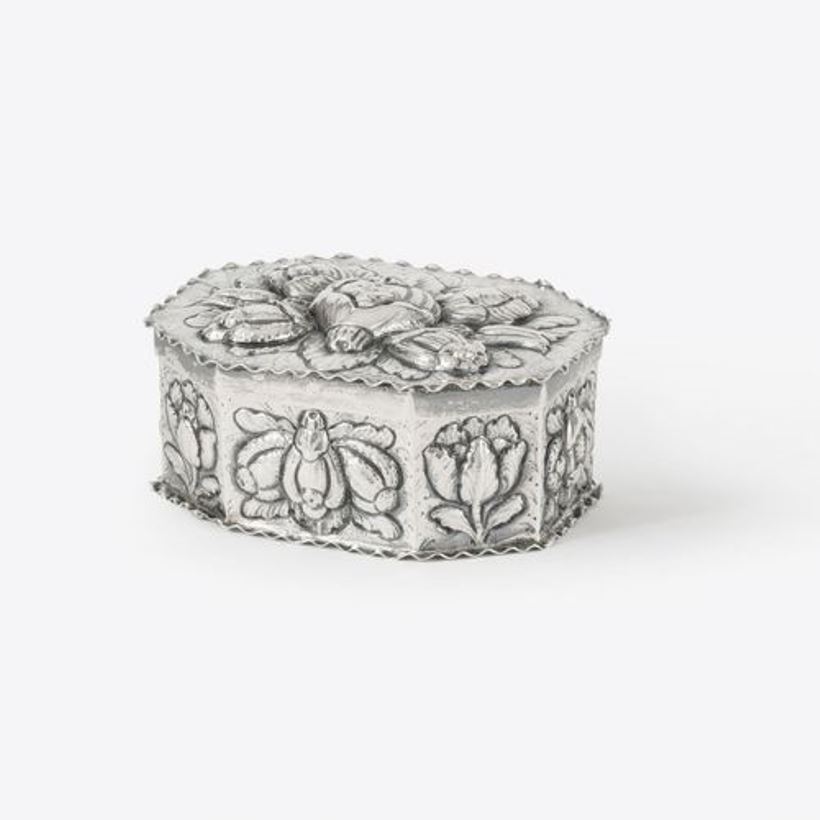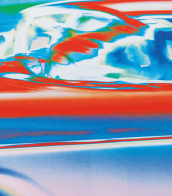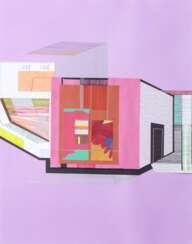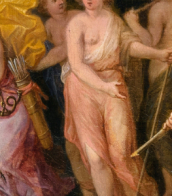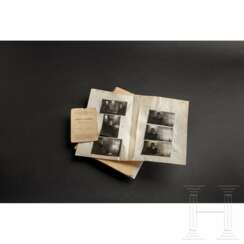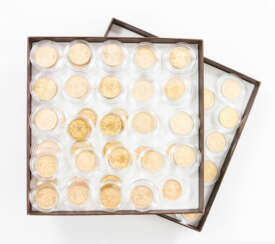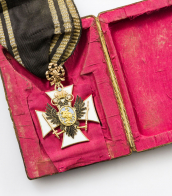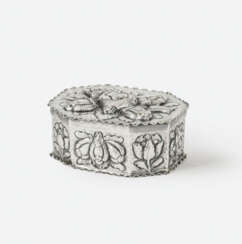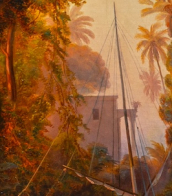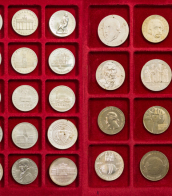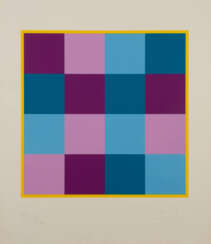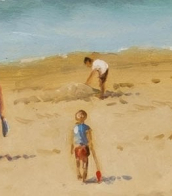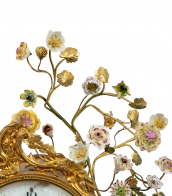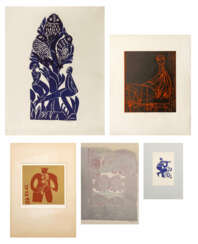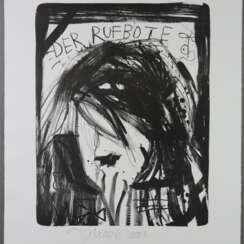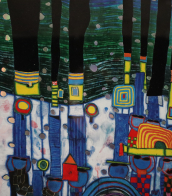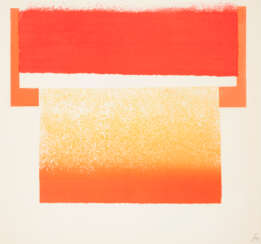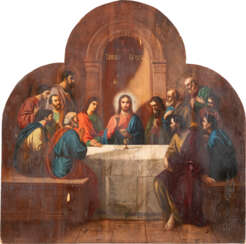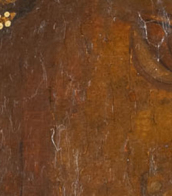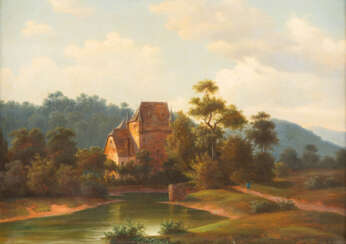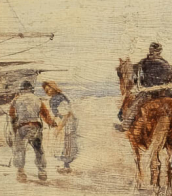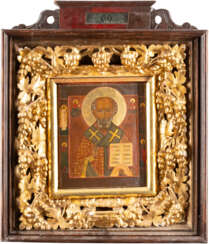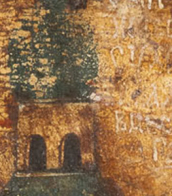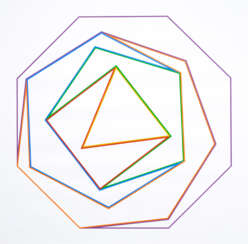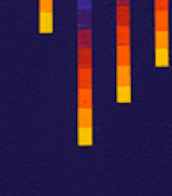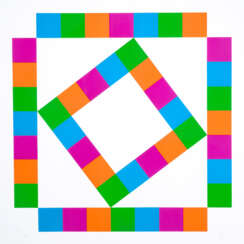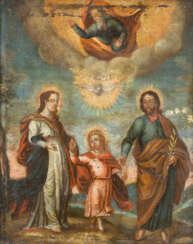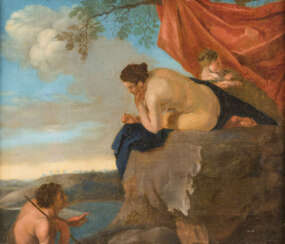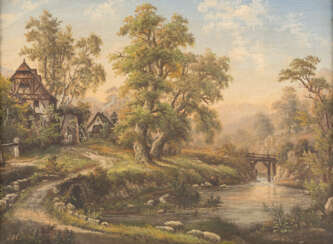5 x 66
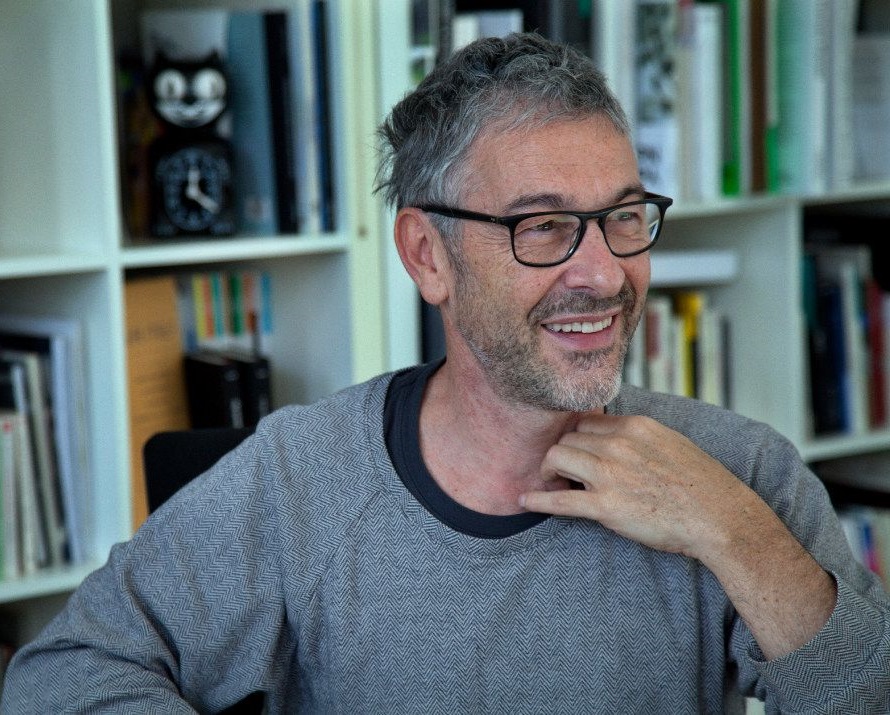
Pierre Huyghe is a French artist born on September 11, 1962, in Paris, France. He is known for his interdisciplinary works that combine various media such as film, sculpture, performance, and installation. Huyghe's works often explore complex ideas around time, memory, perception, and human consciousness.
Huyghe studied at the École nationale supérieure des Arts Décoratifs in Paris before beginning his career as an artist in the late 1980s. Since then, he has exhibited his works in numerous solo and group shows around the world, including at major institutions such as the Guggenheim Museum in New York, the Tate Modern in London, and the Centre Pompidou in Paris.
Some of Huyghe's most notable works include "The Host and the Cloud," a multimedia installation that took place over a period of three years at the Marian Goodman Gallery in New York, and "Untilled," a sculpture of a reclining figure with a living beehive for a head, which was displayed at the Documenta 13 exhibition in Kassel, Germany. In 2017, Huyghe was awarded the Nasher Prize for Sculpture, which recognized his contributions to the field of contemporary art.
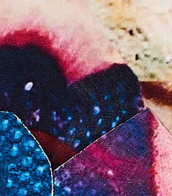
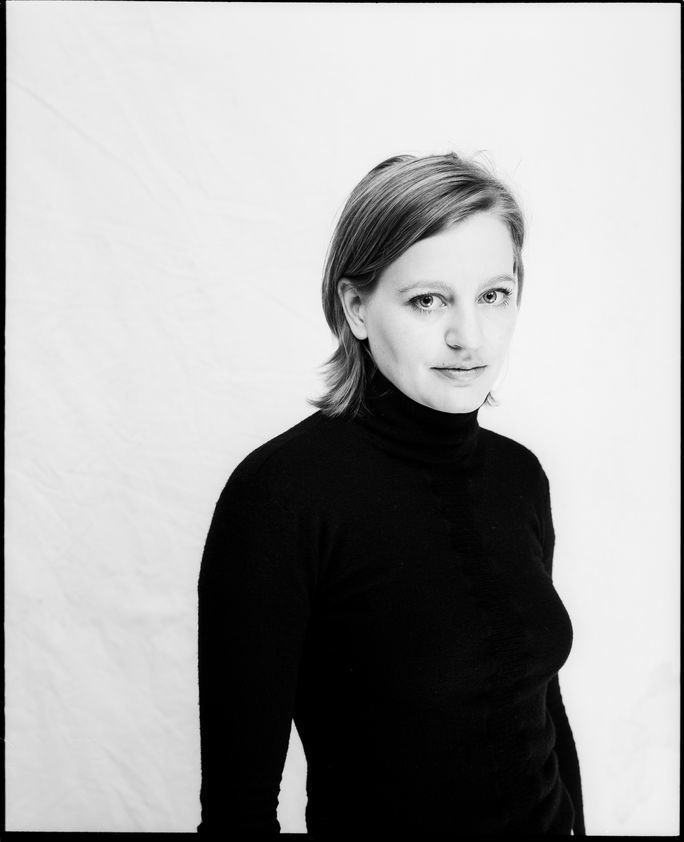



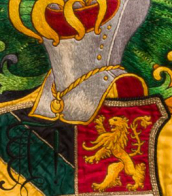
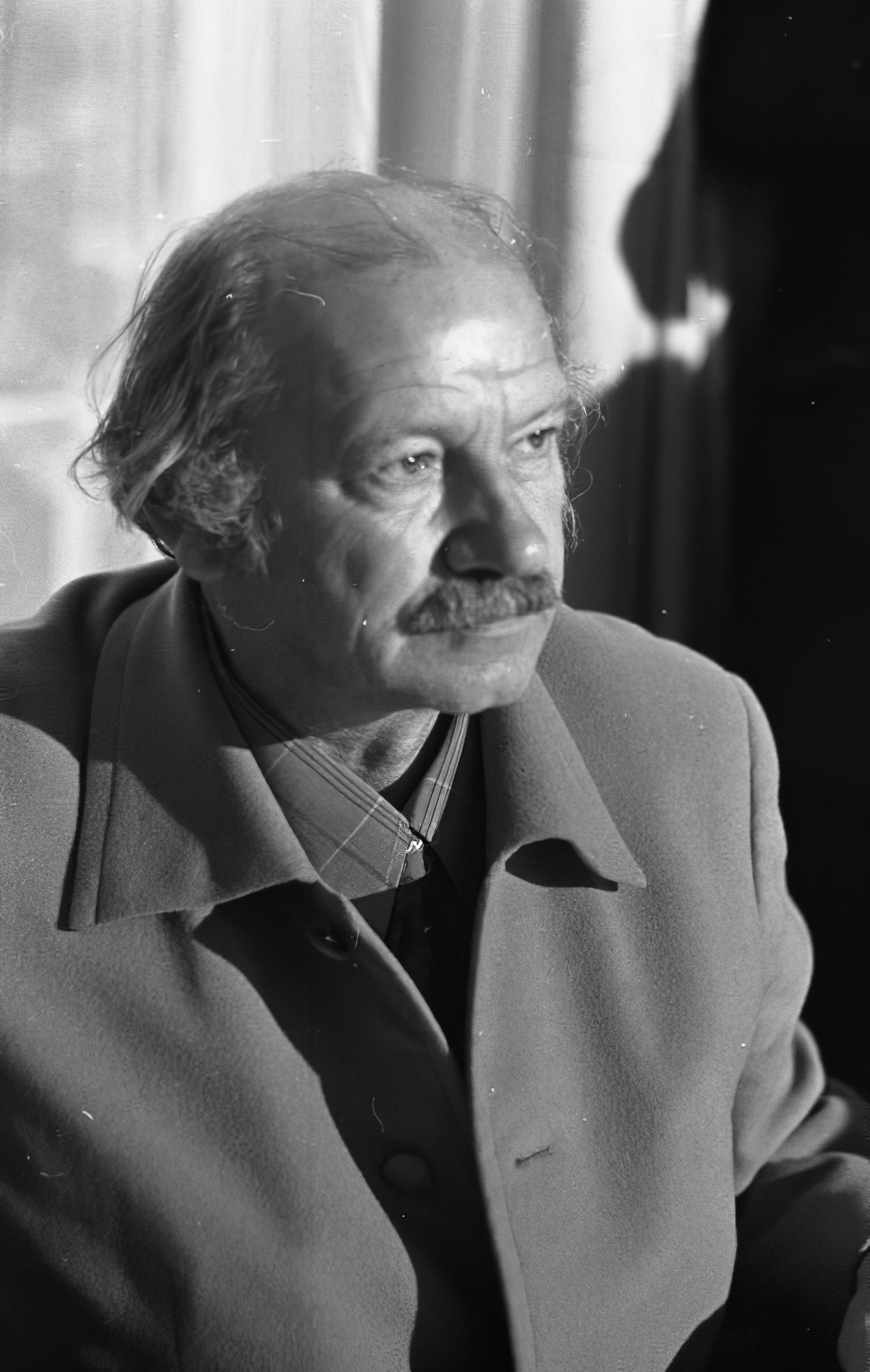
Helmut Andreas Paul Grieshaber or HAP Grieshaber was a German artist. His preferred medium was large format woodcuts.
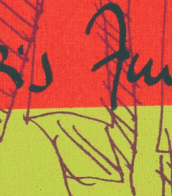
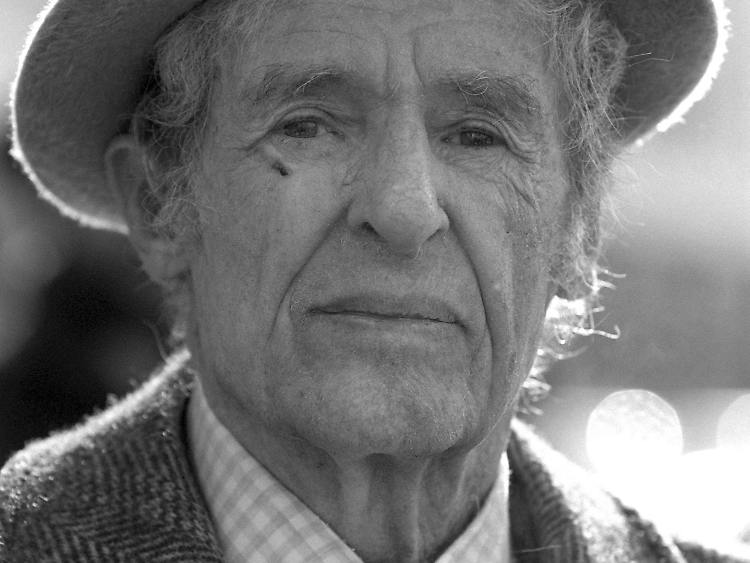
Rupprecht Geiger was a German abstract painter and sculptor. Throughout his career, he favored monochromicity and color-field paintings. For a time, he concentrated solely on the color red.
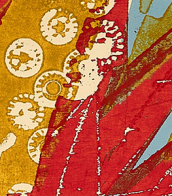
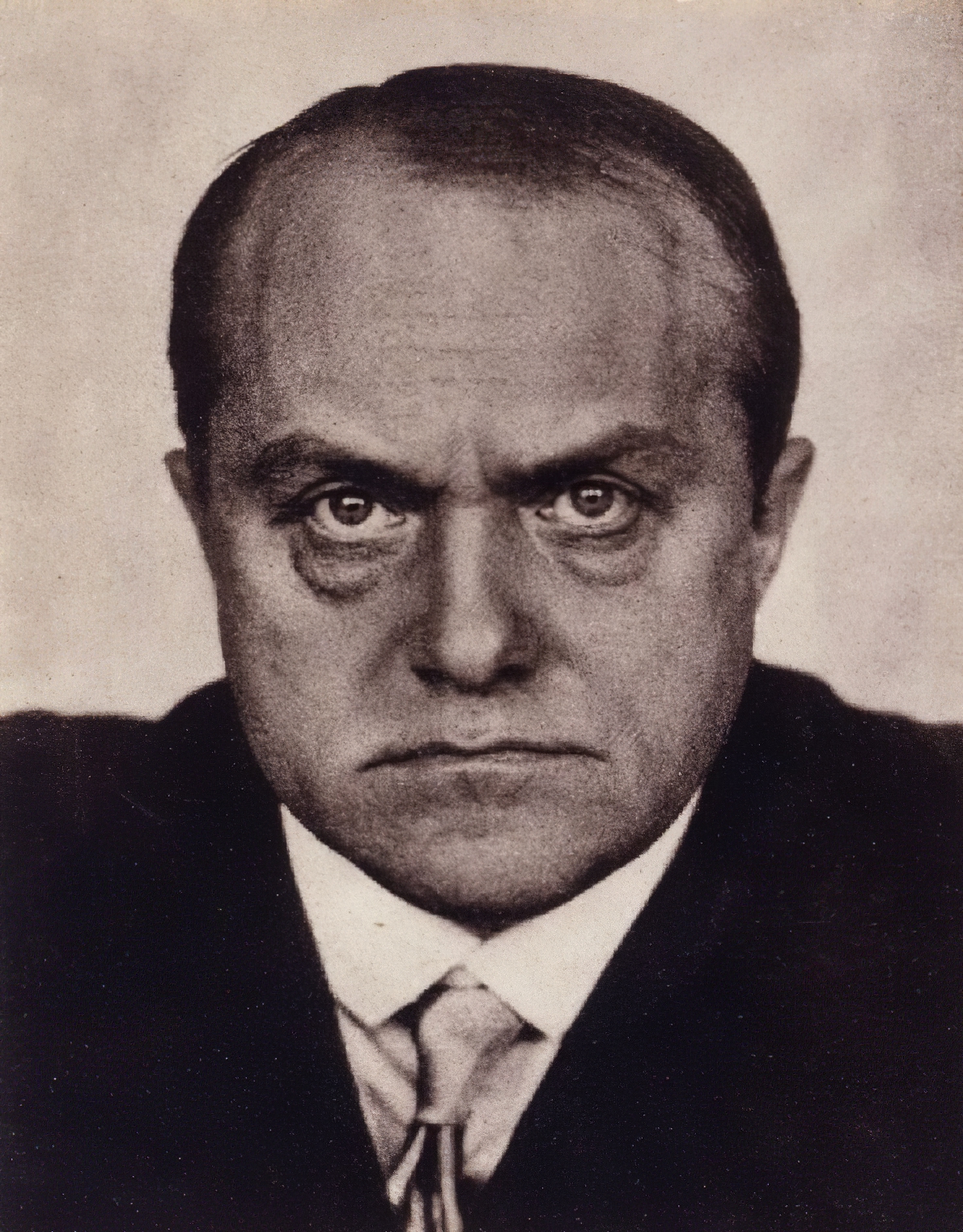
Max Beckmann, a German painter, printmaker, sculptor, and writer, stood out in the early 20th century for his profound contributions to modern art. Beckmann's career spanned a tumultuous period in history, deeply influencing his thematic and stylistic choices. Unlike many of his contemporaries who embraced non-representational painting, Max Beckmann persisted with and evolved the tradition of figurative painting, drawing inspiration from a wide array of artists spanning from Cézanne and Van Gogh to medieval masters like Bosch and Bruegel.
Max Beckmann's experiences, particularly those related to the World Wars, significantly shaped his work. Following Adolf Hitler's rise to power and the subsequent condemnation of modern art as "degenerate," Beckmann fled Germany, spending a decade in self-imposed exile in Amsterdam before eventually relocating to the United States. His art from this period, especially his large triptychs, is considered some of his most potent, offering a stark reflection on humanity and the chaos of the times.
One of Max Beckmann's most personally allegorical works, "Beginning" (1949), encapsulates his knack for blending real and imagined elements from his life to comment on the broader human condition. This piece, alongside others, underscores Beckmann's enduring fascination with the existential struggles modern society faces, teetering between desire and societal roles.
Max Beckmann's legacy is cemented not just by his unique approach to modernism but also by his influence on subsequent generations of artists, particularly in the United States, where he spent his final years teaching and working. Despite a path that often diverged from the mainstream narratives of art history, Beckmann's work continues to resonate, housed in prestigious institutions like The Museum of Modern Art and The Metropolitan Museum of Art in New York.
For collectors and experts in art and antiques, Max Beckmann's oeuvre offers a compelling exploration of 20th-century art and history. To stay informed about new discoveries, sales, and auction events related to Max Beckmann, consider signing up for updates. This subscription ensures access to the latest opportunities to engage with the work of one of modernism's most individual voices.

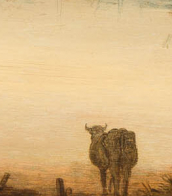
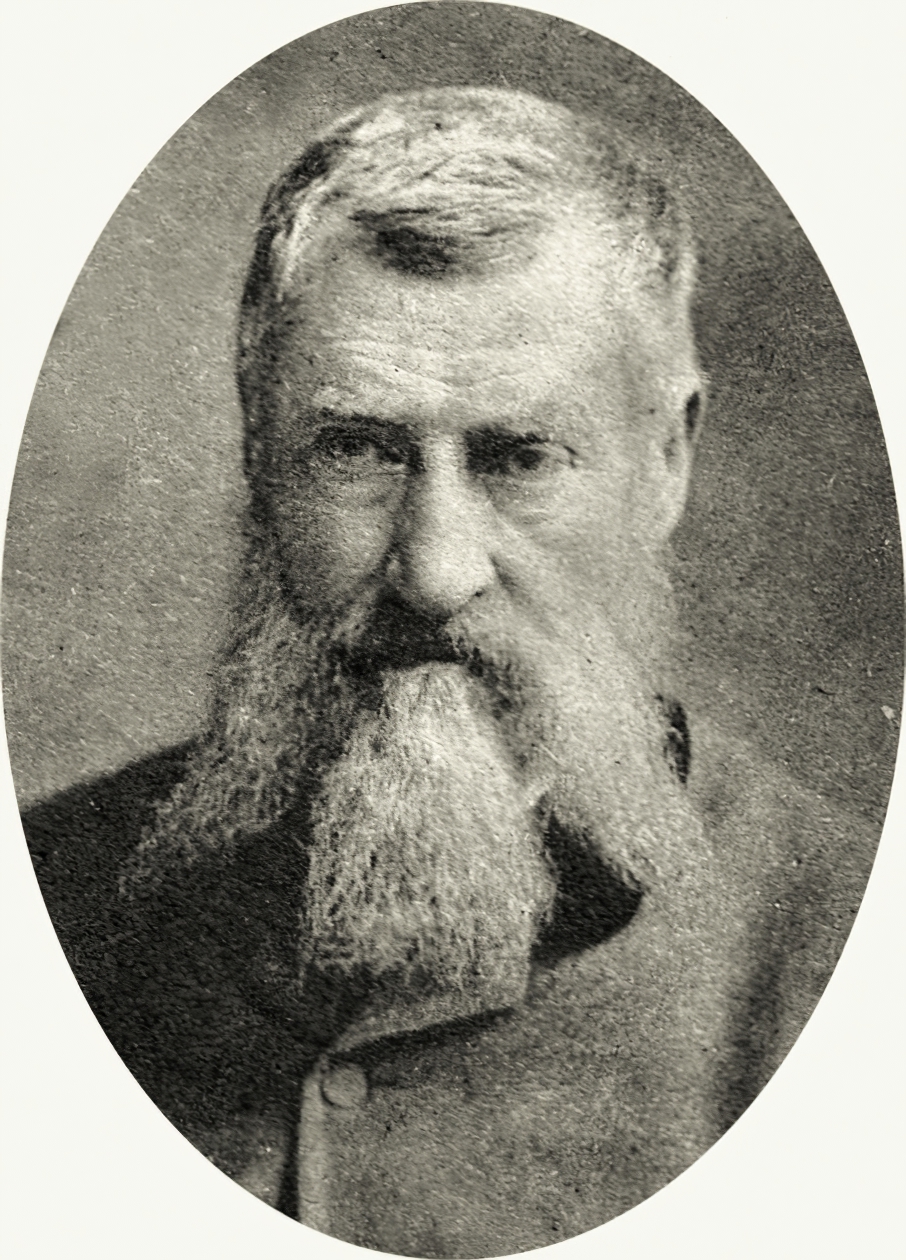
Hermann Kauffmann (the elder) was a German painter and lithographer, and one of the main representatives of the Hamburger Schule.
